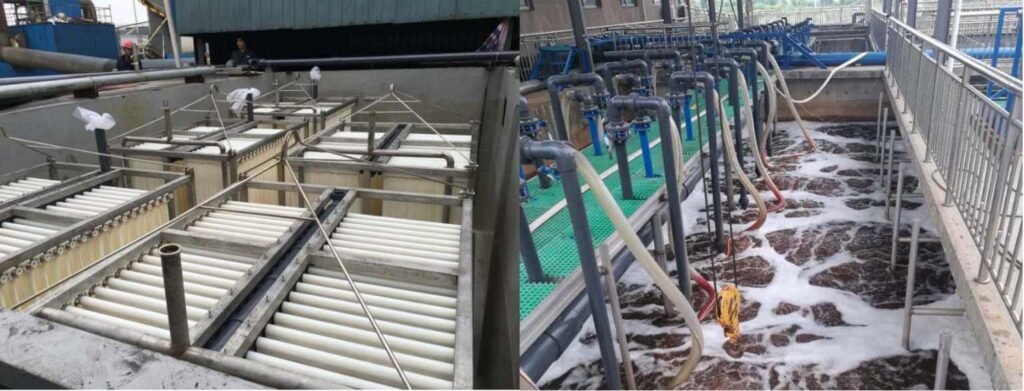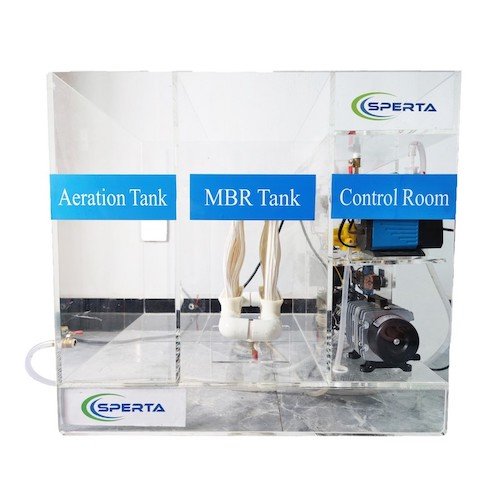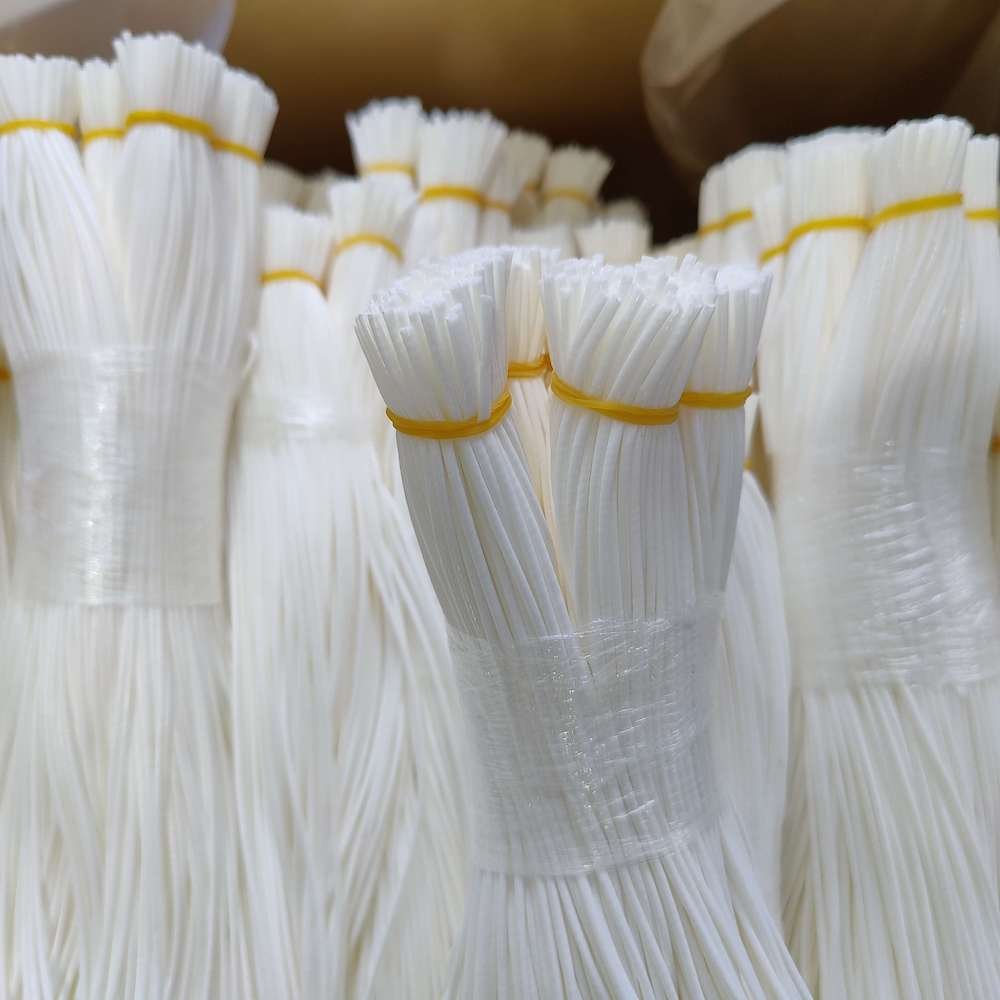Last Updated on July 24, 2022 by Kevin Chen
The MBR membranes are an essential component of the wastewater treatment process. Cleaning them regularly will help to ensure that the water quality is maintained at an acceptable level, and that the system can operate at peak efficiency. There are three primary ways to clean the MBR membranes: backwash cleaning, chemical cleaning, and offline cleaning.

1. Backwash Cleaning
It is essential to backwash MBR membranes regularly in order to clean them and maintain peak performance. Doing so also helps to extend the life of the membranes. Since backwashing removes both organic and inorganic foulants, it is an important part of membrane maintenance. To properly backwash MBR membranes:
Step 1: Use produced water or higher quality water as the backwash water.
Step 2: Control the backwash pressure at 50 – 100 kPa.
Step 3: Set backwash flow: 2 times of the produced water.
Step 4: Set backwash time: 1 – 5min.
Step 5: Adjust the backwash process per 1-12h according to the produced water quality.

2. Chemical Cleaning
When colloidal or dissolved microbial metabolites adsorb onto the surface of the membrane, and washing/air blowing cannot remove them. Which also caused TMP to rise. It is required the maintenance of chemical cleaning.
Step 1: Stop the suction pump and close the water pipe.
Step 2: Stay for 1 minute, close the blower to stop aeration.
Step 3: Open the dosing pipe, run the dosing pump, and inject the cleaning solution.
Step 4: Dilute the residual chlorine in the treated water before discharge.
Or return the treated water to the aerobic tank for residual chlorine dilution.
Step 5: Finish the above operations, open the suction pipe, run the suction pump, and resume regular operation.
● Type of chemical: NaClO, effective chlorine concentration 100~500ppm; 0.1 – 0.2% HCl, citric acid or oxalic acid.
● Chemical cleaning duration: 5 ~ 10 min.
● Cleaning frequency: TMP increases by more than 30 kPa or per 1 to 12 weeks after operating.
Record the duration when the TMP at the initial stabilization increases by 30 kPa and set it as one cycle. Regularizing the chemical cleaning can effectively extend the life-span of the membrane.
3. Offline Cleaning
When operating MBR for a long time, there exists an irreversible and polluted solid layer. Backwash and online cleaning methods may not work, and the TMP did not reduce. It is necessary to do offline chemical cleaning. Its flux can recover by offline chemical cleaning.
Step 1: Remove the suction tube and the aeration tube from the MBR module. Then take the MBR module out of the tank.
Step 2: Use a nozzle to clean and remove the activated sludge attached to the surface of the fibers.
Step 3: Take the MBR elements out of the module and immerse the elements in a prescribed chemical solution tank. Stay for 6-12 hours.
Step 4: Take out the MBR element from the immersion cleaning tank and wash it thoroughly with water to remove the chemical solution.
Step 5: Install the MBR on the MBR module after cleaning.
Step 6: Connect the aeration pipe and put the module in the tank. Stop the filtration, just let the aeration run for more than 30 minutes, and then start the filtration.
Step 7: Before discharging the chemical solution, reduce the sodium hypochlorite with sodium thiosulfate (Na2S2O3 NH2O), and then discharge.
Step 8: If there is a large amount of inorganic scale on the surface of the MBR after sodium hypochlorite washing, acid washing is also needed.
| Main pollutant | Detergent | Use Conditions | Cleaning time |
| Metal oxide, calcium-containing scale | 0.5% Citric acid / 0.2% Hydrochloric acid | pH=2 | 4~8h |
| Fatty acids, proteins, polysaccharides | Alkali (0.5mol/L NaOH) and 200 mg/L oxidizing agent | pH=10 | 4~8h |
| Bacteria, biomacromolecule | Alkali (0.1mol/L-0.5mol/L NaOH) and 200mg/L oxidizing agent / Enzyme preparation, surfactant (0.1%-2%) / 1000-2000mg/L NaClO, 1%-3% Alkali | pH=10 | 4~8h |
Summary
This post discussed the three most common ways to clean the MBR membranes. By following the instructions in this article, you can clean your membranes and improve your water quality. If you liked this article, please share it with your friends.












